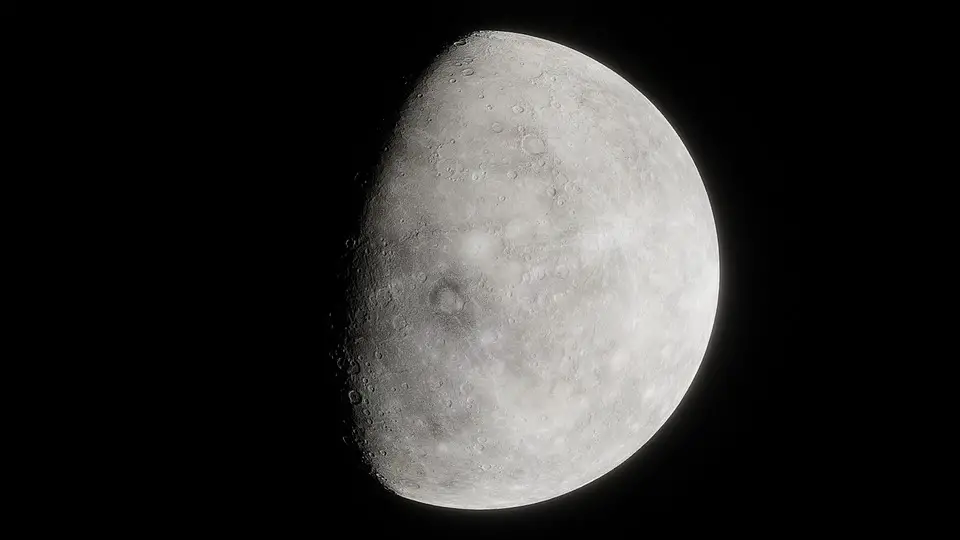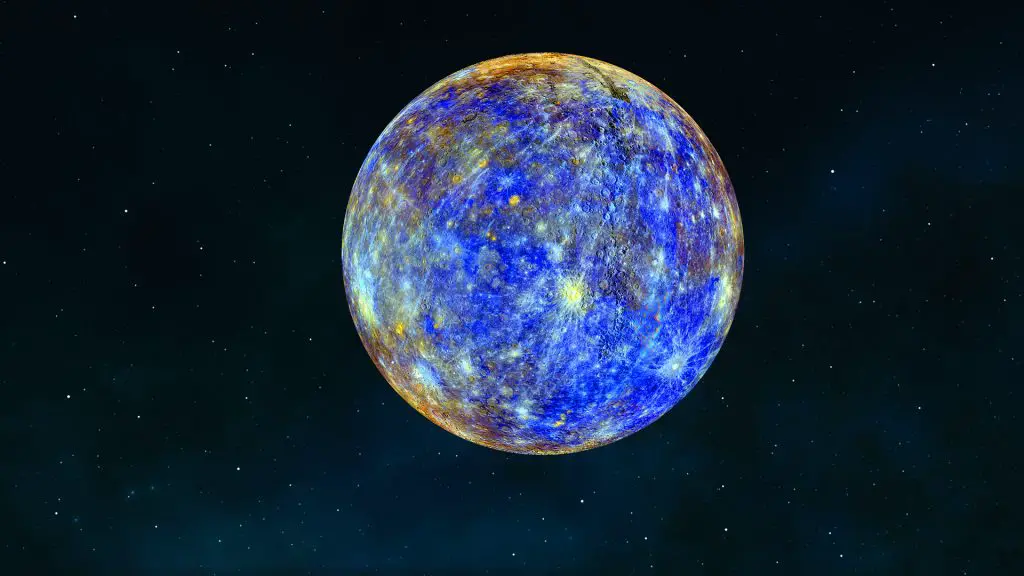A team of astronomers led by the University of Hawai‘i at Mānoa planetary scientist Shuai Li has made a discovery that helps in explaining the origin of water ice found in shadowed moon’s craters. The study enabled the researchers to realize that high-energy electrons in Earth’s plasma sheet caused weathering processes on the lunar surface. These occurrences may have paved the way for water to form on the lunar surface, the team revealed in a press statement. This implies that Earth’s magnetotail could be forming water on the moon.
How Earth’s Magnetotail Interact with the Moon’s Surface
Scientists have discovered that Earth’s plasma sheet is a region encompassing our home planet within the magnetosphere that comprises trapped charged particles. Earth’s magnetic fields control the magnetosphere, which in turn protects our planet from solar flares and space radiation emanating from the Sun. Hence, astronomers have discovered that solar wind alters the shape of the magnetosphere, making it appear with a long tail on Earth’s night side. However, this tail is invisible and scientifically referred to as magnetotail.
Shuai Li and his team conducted their research based on previous work that reveals how Earth’s magnetotail makes iron rust in the Moon’s polar regions. During the study, the team examined the changes occurring in surface weathering as the moon moves across Earth’s magnetotail. This event periodically protects the moon from solar wind. Hence, the moon benefits Earth’s magnetic field.
“This provides a natural laboratory for studying the formation processes of lunar surface water,” Li explained in the statement. “When the Moon is outside of the magnetotail, the lunar surface is bombarded with solar wind. Inside the magnetotail, there are almost no solar wind protons, and water formation was expected to drop to nearly zero.”
How the Team Studied the Lunar Surface
The researchers studied remote sensing data obtained by the Moon Mineralogy Mapper instrument mounted aboard India’s Chandrayaan-1 mission that explored the moon between 2008 and 2009. Li and his team focused their attention more on understanding the changes that occurred in water formation when the Moon was interacting with Earth’s magnetotail. From their observation, they realized some changes that occurred whenever the moon interacted with our planet’s magnetotail.
“To my surprise, the remote sensing observations showed that the water formation in Earth’s magnetotail is almost identical to the time when the Moon was outside of the Earth’s magnetotail,” Li said.
“This indicates that, in the magnetotail, there may be additional formation processes or new sources of water not directly associated with the implantation of solar wind protons. In particular, radiation by high-energy electrons exhibits similar effects as the solar wind protons. Altogether, this finding and my previous findings of rusty lunar poles indicate that Mother Earth is strongly tied with its Moon in many unrecognized aspects,” Li added.
After making this fascinating discovery, Li and his team hope to continue studying the Moon’s interactions with Earth and make more discoveries for humankind. The researchers plan to work on a lunar mission through NASA’s Artemis program that will enable them to supervise the plasma environment and water content on the Moon’s polar areas when it interacts with Earth’s magnetotail.
In addition, NASA and other space agencies are looking forward to establishing a permanent human presence on the moon. This research conducted by astronomers will help these agencies achieve their lunar exploration goal before the end of this century. The team of scientists published their discoveries in the journal Nature Astronomy.
Conclusion
A team of astronomers discovered that the Earth’s magnetotail could be forming water on the Moon. However, they still have to conduct additional studies to learn more about this. What do you think about this discovery?





